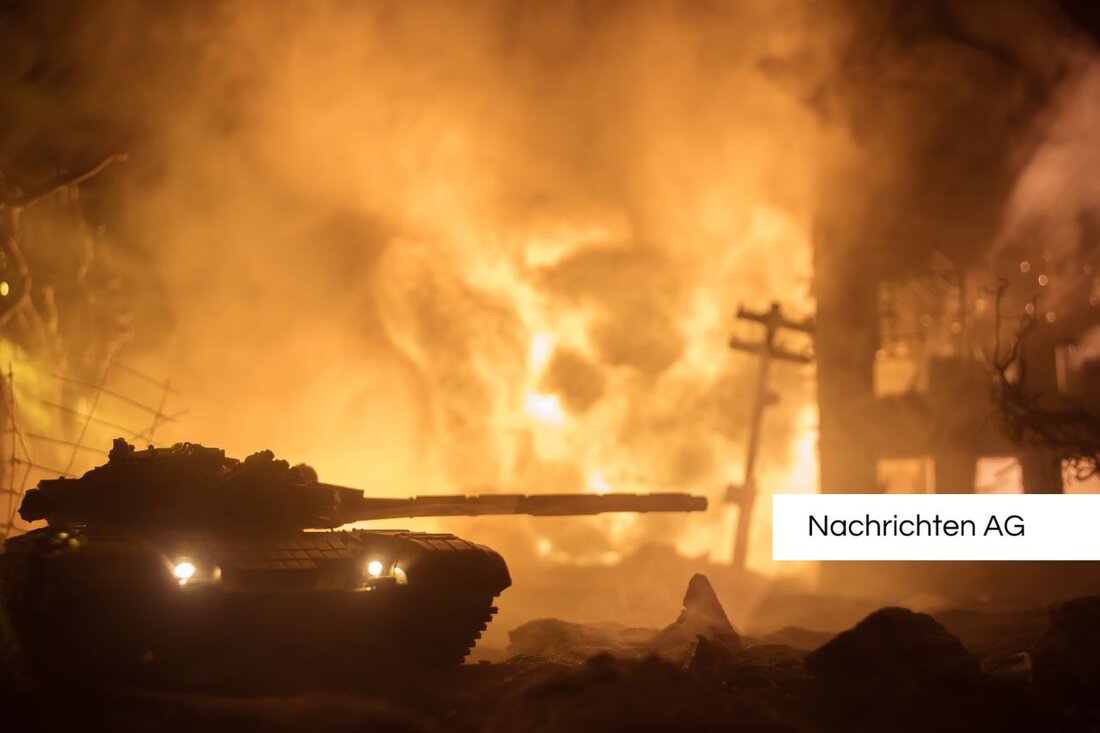After 60 years: Görlitz crucifix rediscovered in Poland!

After 60 years: Görlitz crucifix rediscovered in Poland!
After 60 years of searching there is finally good news from Saxony. A three -meter high crucifix, which was originally carved for the Görlitz Trinity Church, has been resolved! As katholisch.de , the late Gothic work of art, which survived the Reformation and several wars, was discovered in a Polish church.
The discovery of the cross is a real sensation. The crucifix has been lost since the end of the Second World War. After it was outsourced in 1943 to secure air raids to Florsdorf Castle (today Zarska Wies), it found its way to the Kreuzerwirche of Zarki Srednie, about 20 kilometers from Görlitz. Matthias Paul, pastor of the Evangelical inner city community of Görlitz, was pleased to see this unexpected reunion: "I am very pleased that this important work of art has been rediscovered," said the pastor.
The trip of the cross over time
The crucifix has a fascinating story. The Görlitz Trinity Church was originally richly equipped. But a lot was lost with the turbulence of history. On the left wall of the church's choir, the print of the cross has only been visible for decades, while the real work of art in the Polish church survived. Sächsische.de that numerous works of art returned after the war, but the crucifix remained in Poland. It shows how the political upheavals significantly influenced the fate of cultural treasures after 1945.
The final discovery of the cross was made possible by the research of the Polish art historian Agata Stasinska. During her dissertation, she found a post -war photo of the artwork in an archive and gave the cross a new chapter. Their discovery not only has individual value, but is also part of the great legacy, which was shaped by the Reformation and Martin Luther's work.
art and reformation - a moving relationship
The news about the crucifix also take a look at the deep roots that the Reformation connects with art. As Kulturrat.de , the differences between Catholics and Protestants, which shaped European history, also have an impact on art, while some reformers rejected religious images This as important didactic aids that also found their place in Protestant churches.
The crucifix is therefore not only a symbol of faith, but also a memorial of the artistic argument, which was initiated by the Reformation. The preservation of such works of art is characteristic of mutual acceptance and the common values that dominate in the communities today. It is a good example of how art can bridge cultural and religious barriers and it is to be hoped that further lost treasures will come to light.
| Details | |
|---|---|
| Ort | Görlitz, Deutschland |
| Quellen | |
